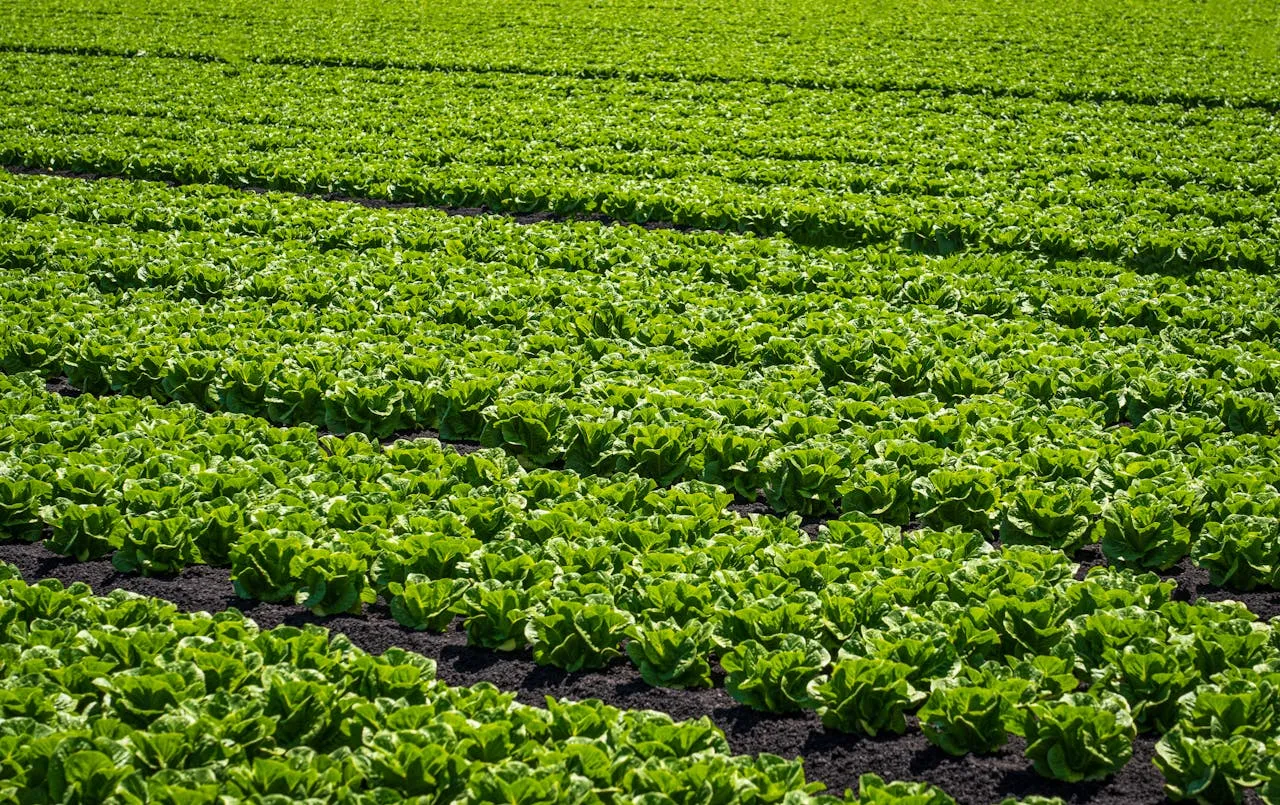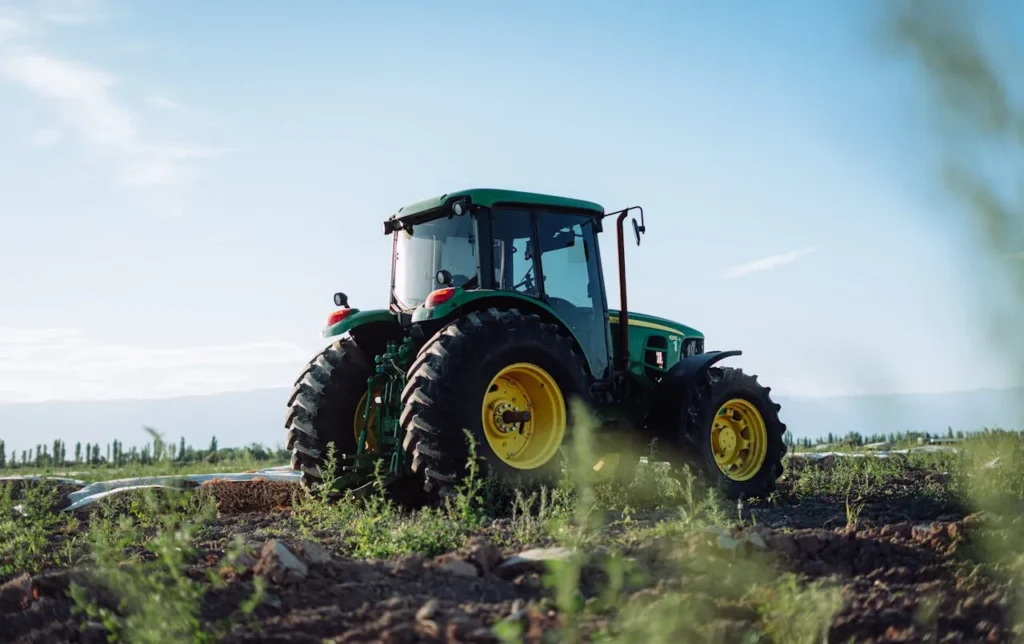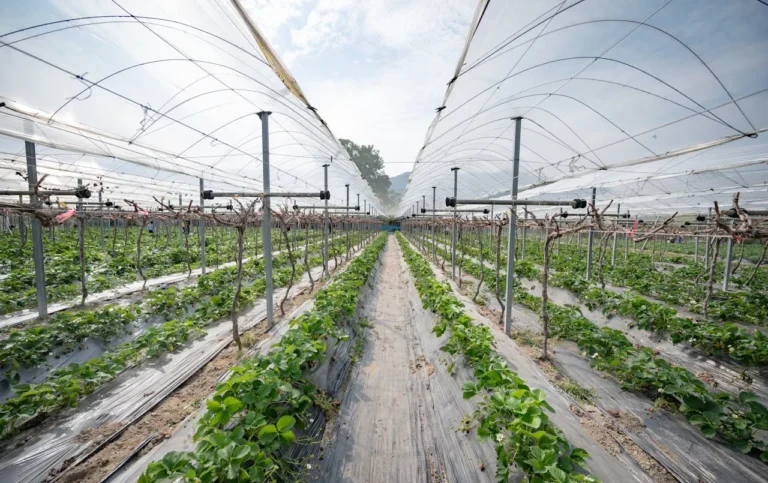
The “U.S. Tractor Market Research Report 2025–2030” has recently been added to ResearchAndMarkets.com’s offering, providing a comprehensive analysis of market performance, competitive dynamics, emerging technologies, and regional growth opportunities.
According to the report, the U.S. tractor market size reached 217,200 units in 2024 and is projected to expand to 245,059 units by 2030, registering a compound annual growth rate (CAGR) of 2.03%. This steady growth reflects a combination of increasing farm mechanization, technological innovation, and the continued need for efficiency in agriculture amid labor shortages and climate challenges.
Competitive Landscape: Global Giants and Domestic Strength
The U.S. tractor market is highly competitive, featuring a blend of international powerhouses and strong domestic manufacturers. Market leaders include John Deere, CNH Industrial, AGCO, and Kubota, which together command a large portion of market share. Deere & Company and CNH Industrial jointly hold more than 45% of the U.S. tractor market, underscoring their leadership positions.
While smaller regional manufacturers still play a role, their ability to compete is increasingly challenged by the resources, distribution networks, and advanced technologies of larger players. For instance:
- AGCO expanded its footprint in early 2024 by introducing Fendt electric tractors and enhancing its Fuse Smart Farming platform, which integrates precision farming tools to improve efficiency.
- Kubota launched the L4802DTN narrow tractor in 2023, a 48-horsepower machine designed for vineyards and orchards. With its slim 39.4-inch width, it is ideal for maneuvering in tight rows while performing specialized tasks like spraying and mowing.
- John Deere strengthened its innovation pipeline in February 2025 through a partnership with Drive TLV, a venture ecosystem providing access to startups in autonomy, electrification, sensors, and connectivity.
These initiatives highlight how leading companies are aligning their strategies with the evolving needs of modern farmers who increasingly demand smarter, greener, and more efficient equipment.
Regional Analysis: Farming Hotspots Across the U.S.
The demand for tractors varies significantly across U.S. regions, shaped by farm size, crop type, and climate.
- Western U.S.: A major agricultural hub for fruits and specialty crops like almonds, grapes, and wine. Given the region’s low rainfall, irrigation systems are critical, and tractors play a vital role in supporting high-value crop cultivation.
- Southwest U.S.: Expected to grow at a CAGR of over 2% between 2025–2030, the region supports cotton production, particularly in Texas, Arizona, and New Mexico, as well as specialty crops like New Mexico’s famous Hatch green chiles.
- Midwest U.S.: Known as the “Corn Belt,” the Midwest accounted for 27% of tractor sales in 2024. The region’s fertile soil and favorable rainfall make it ideal for corn, soybeans, and wheat farming.
- Northeast U.S.: A leader in the dairy industry, with states like New York and Vermont producing premium milk and cheese. Tractors are essential for supporting livestock feed production and farm management.
- Southeast U.S.: Accounted for 19,000 tractor units in 2024. This region’s warm climate and fertile soil support crops like cotton, peanuts, soybeans, and tobacco. States such as Georgia, Florida, and Alabama are central to this agricultural output.
This geographical diversity means that tractor manufacturers must offer a wide range of equipment, from compact specialty tractors to high-horsepower machines for large-scale operations.

Key Market Trends and Growth Drivers
1. Electric and Alternative Fuel Tractors
The shift toward sustainability is driving investments in tractors powered by electricity, hybrid systems, and compressed natural gas (CNG). These machines lower emissions, reduce operating costs, and align with farmer demand for greener equipment.
- New Holland is developing an electric T4 tractor with autonomous features for the U.S. market.
- John Deere is testing electric tractor prototypes.
- Case IH introduced its Farmall 75C electric tractor, showcased at the Farm Progress Show in Illinois.
These innovations illustrate how alternative fuels and electrification are no longer experimental but increasingly part of mainstream product pipelines.
2. Autonomous and Semi-Autonomous Tractors
Technology is transforming farming as AI, robotics, and GPS guidance become standard features. These systems help farmers boost yields while cutting labor costs.
- John Deere launched its 8R and 9R autonomous tractor series in 2024, incorporating GPS precision, machine learning, and advanced analytics.
- Autonomous tractors can achieve positioning accuracy of up to two centimeters, a level of precision that far surpasses manual operation.
This shift toward autonomy reflects both the need for efficiency and the challenge of declining farm labor availability.
3. Supportive Government Policies
The U.S. federal and state governments play an important role in supporting mechanization through subsidies, grants, low-interest loans, and crop insurance programs.
Notable initiatives include:
- EQIP (Environmental Quality Incentives Program) and CSP (Conservation Stewardship Program), both launched in 2008, which encourage farmers to adopt sustainable practices and modern equipment.
Such policies help lower barriers to equipment adoption, ensuring that even small- and medium-scale farmers can invest in advanced tractors.
4. Rising Mechanization Amid Labor Shortages
As farm labor becomes scarce—particularly near urban centers where workers often move to higher-paying jobs—mechanization is stepping in to bridge the gap. Tractors equipped with telematics, auto-steering, remote sensing, and mobile tools are making farming more precise and data-driven.
Industry Restraints
Despite positive trends, the U.S. tractor market faces challenges that could limit growth:
Fluctuating Commodity Prices
Commodity prices, influenced by weather, trade policies, and global demand, directly affect farm incomes and investment in equipment. In January 2025, the price of corn fell to $214 per metric ton, down from the previous year, largely due to oversupply and weaker export demand. Such volatility reduces farmers’ profit margins, making them hesitant to invest in new tractors.
Climate Variability and Environmental Risks
Climate change is a long-term concern for U.S. agriculture. Extreme weather events—droughts, floods, and heatwaves—disrupt crop yields and farm operations. Studies suggest that a 2°C rise in global temperatures could sharply reduce U.S. crop productivity, threatening both food security and farmer incomes. This uncertainty also dampens investment confidence in high-value machinery like tractors.





